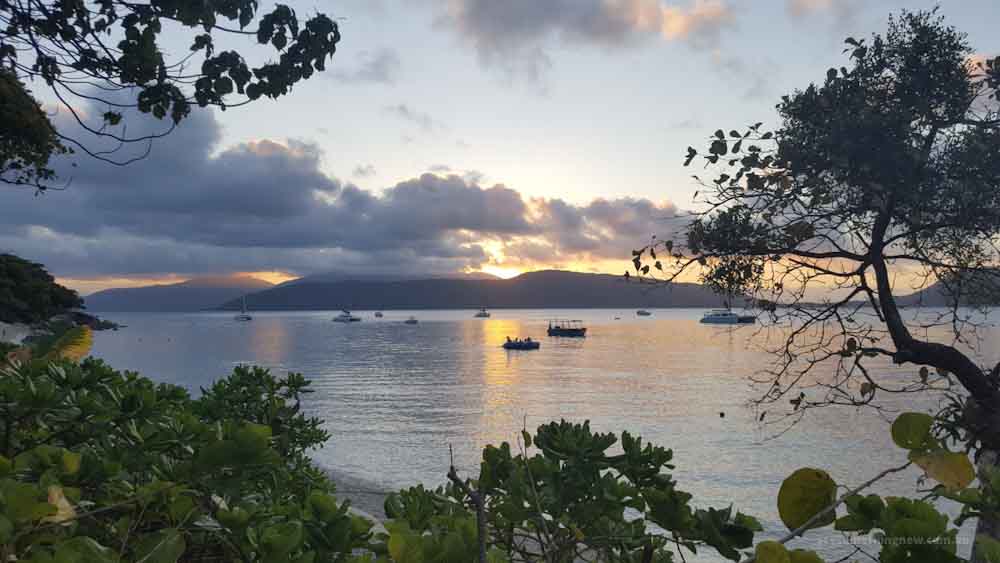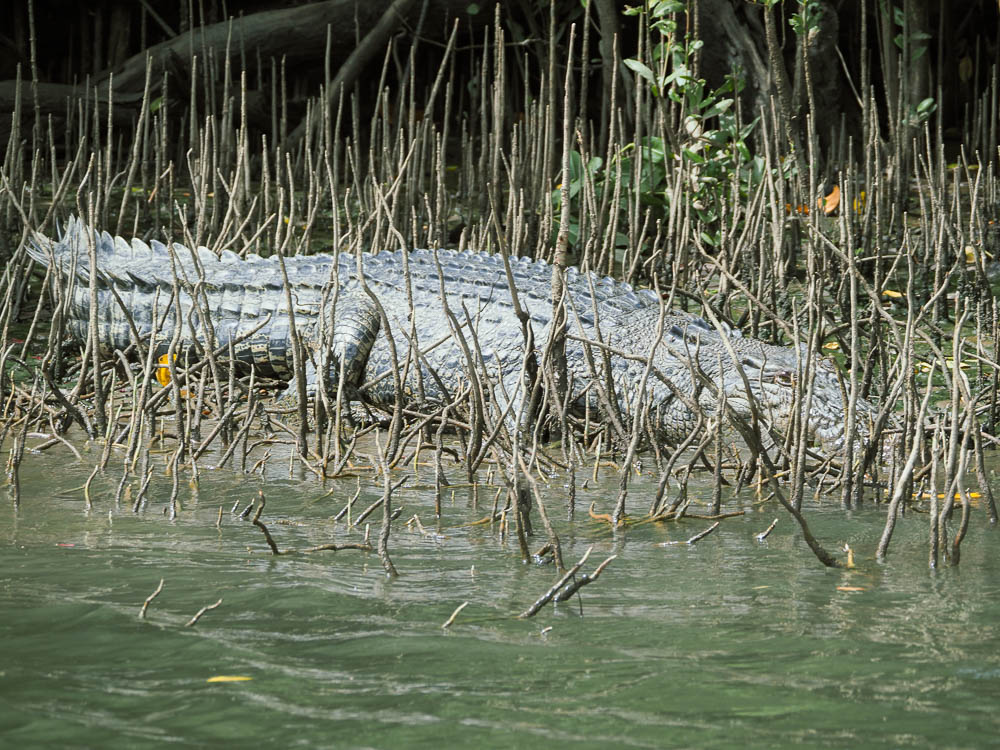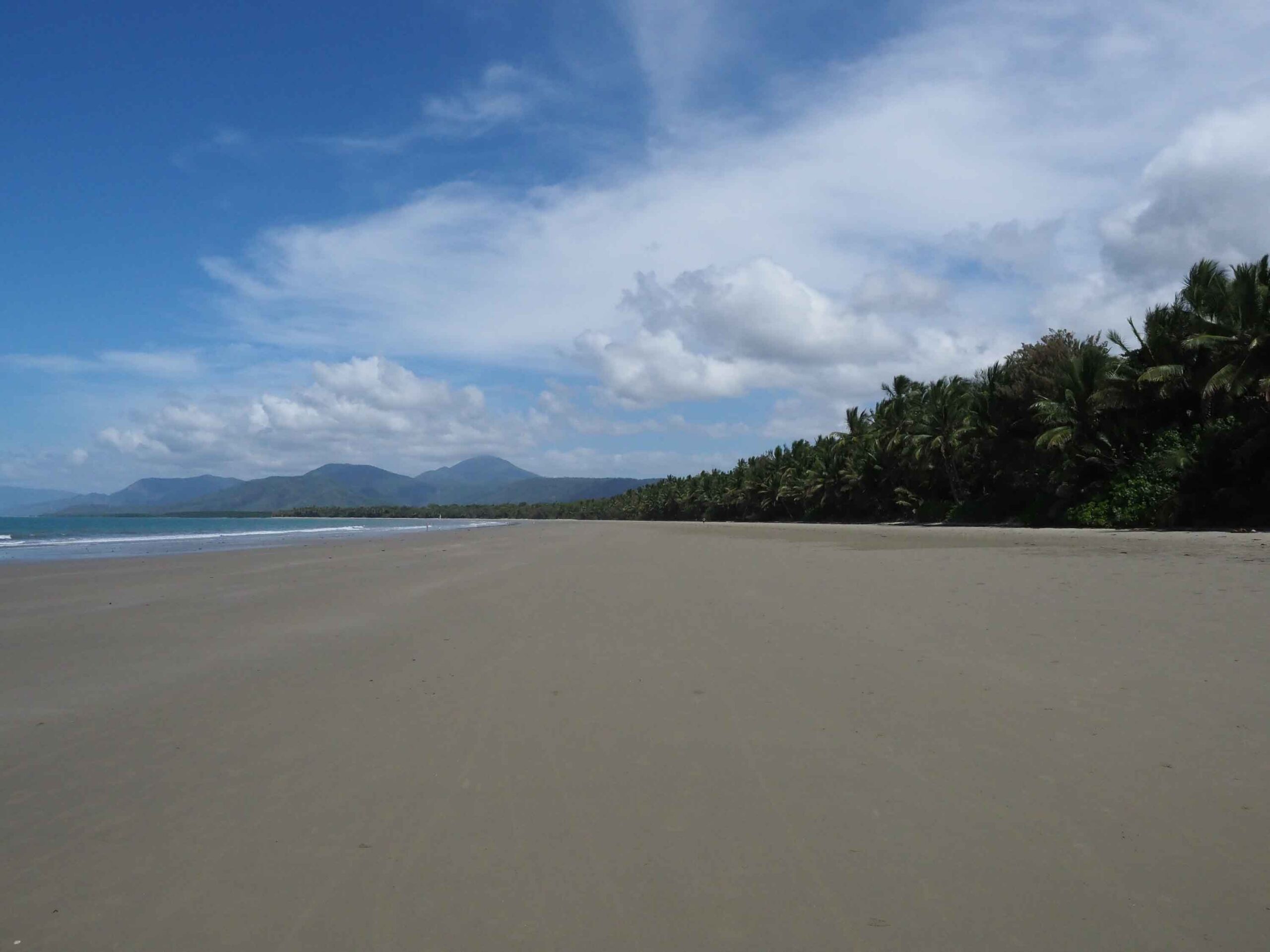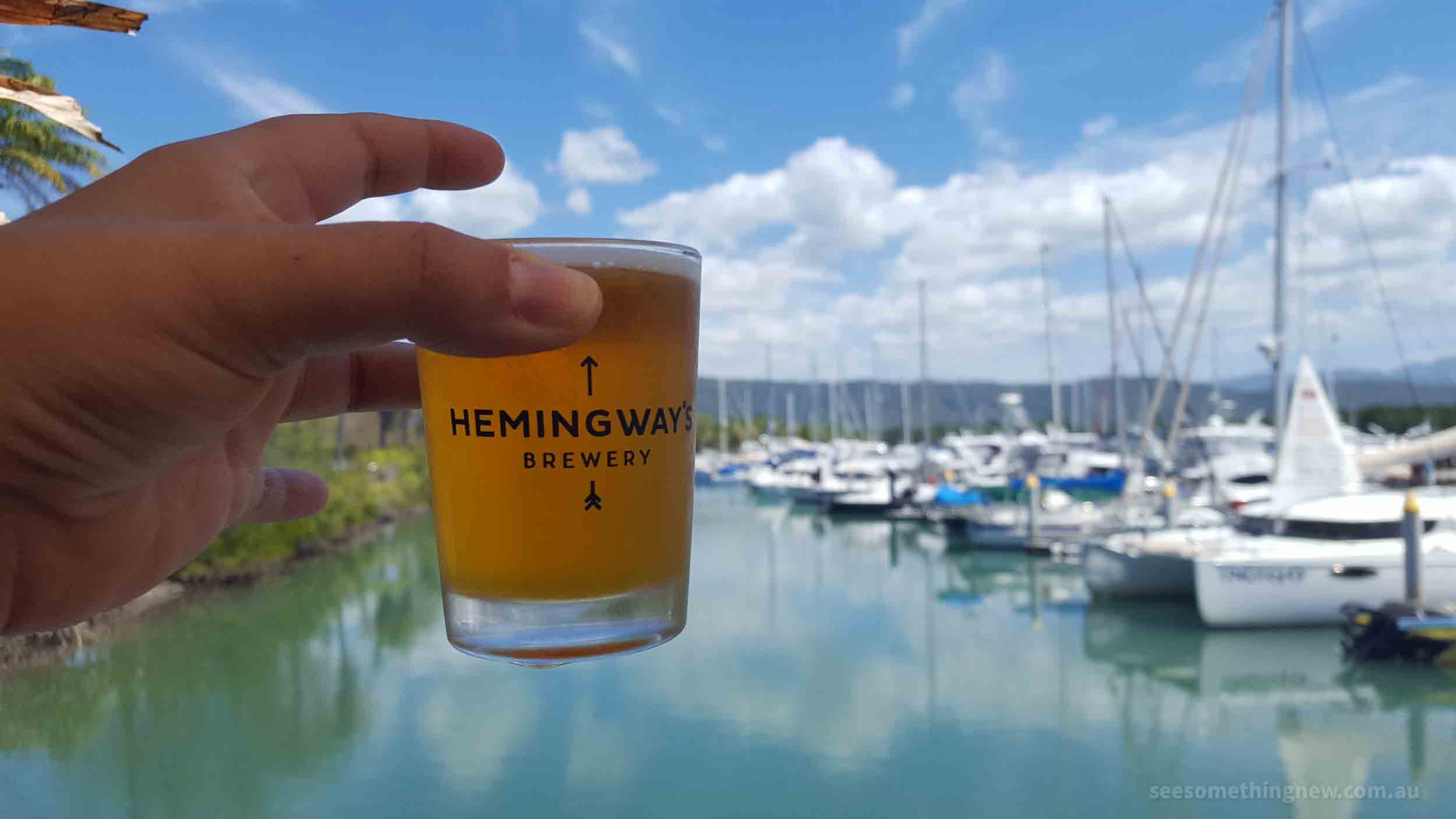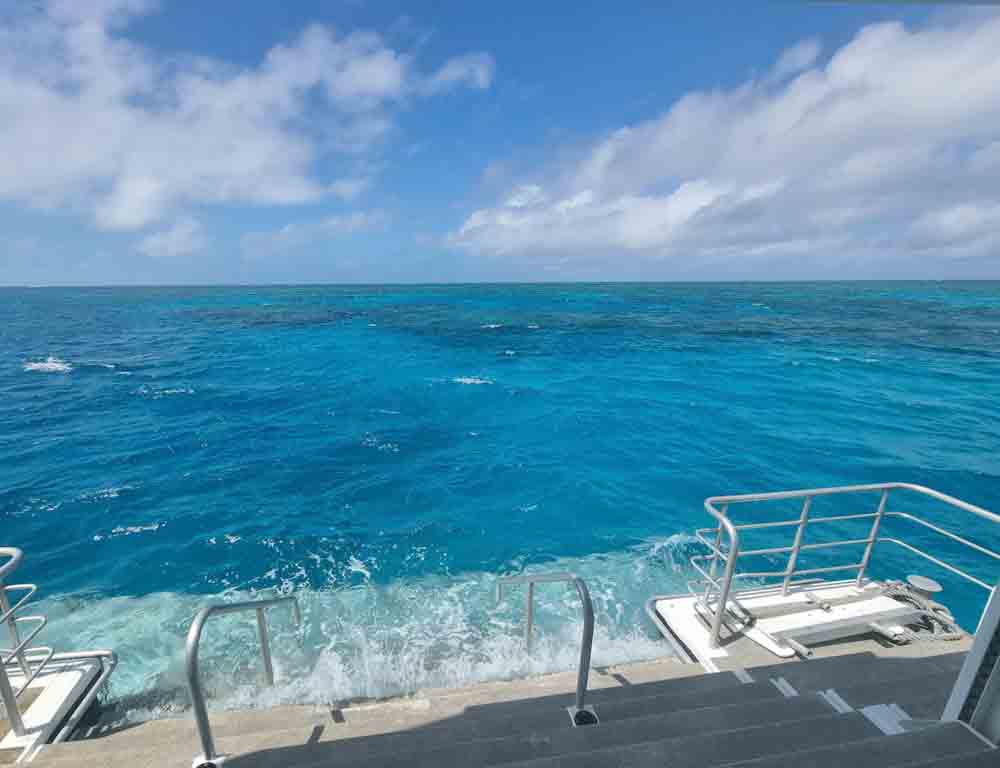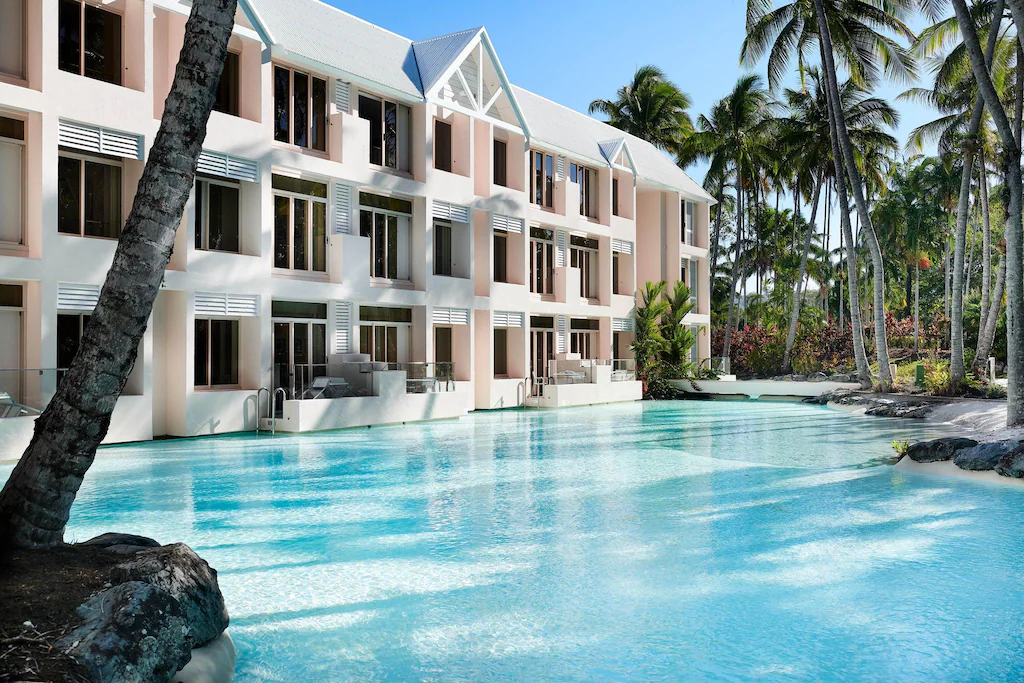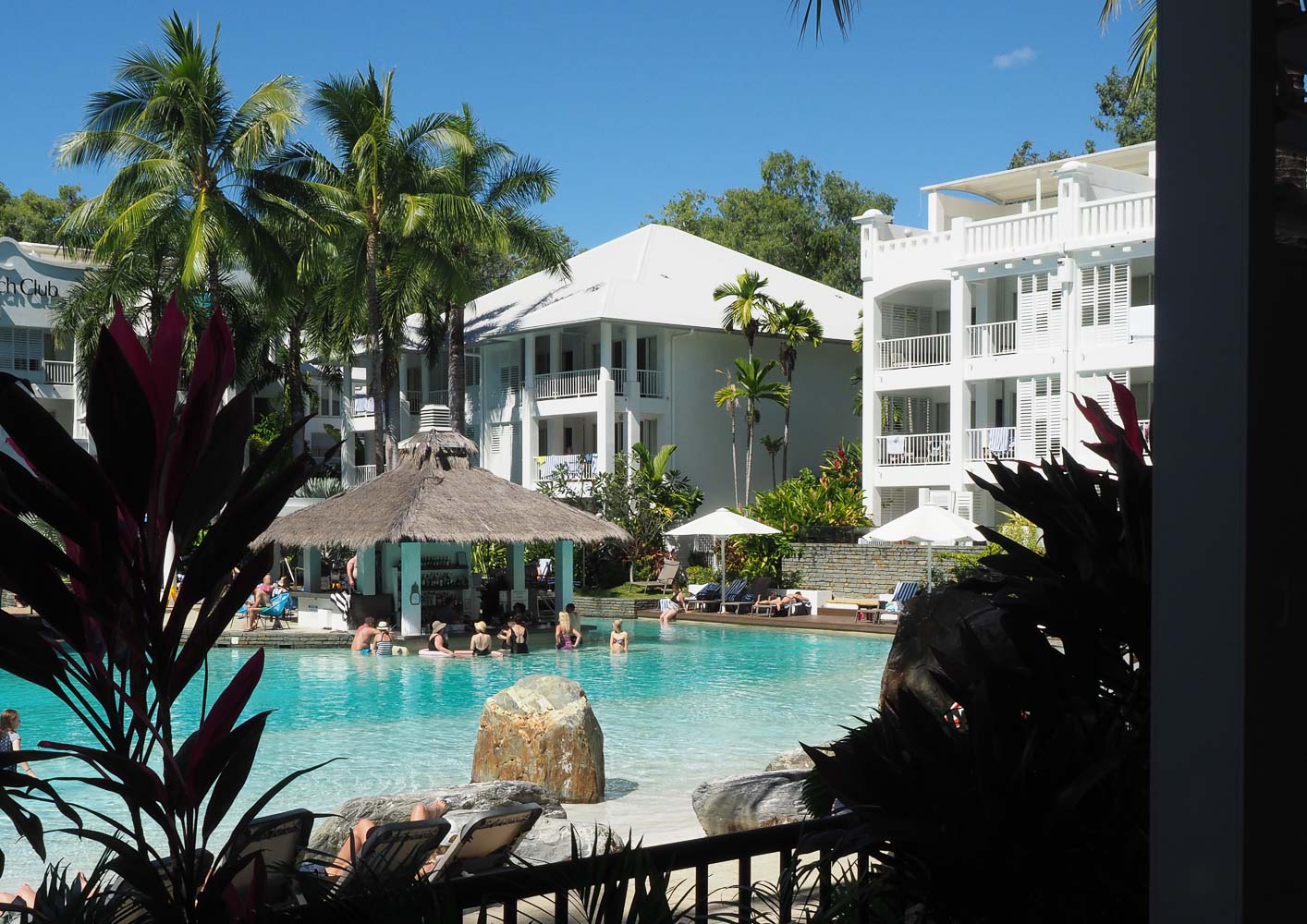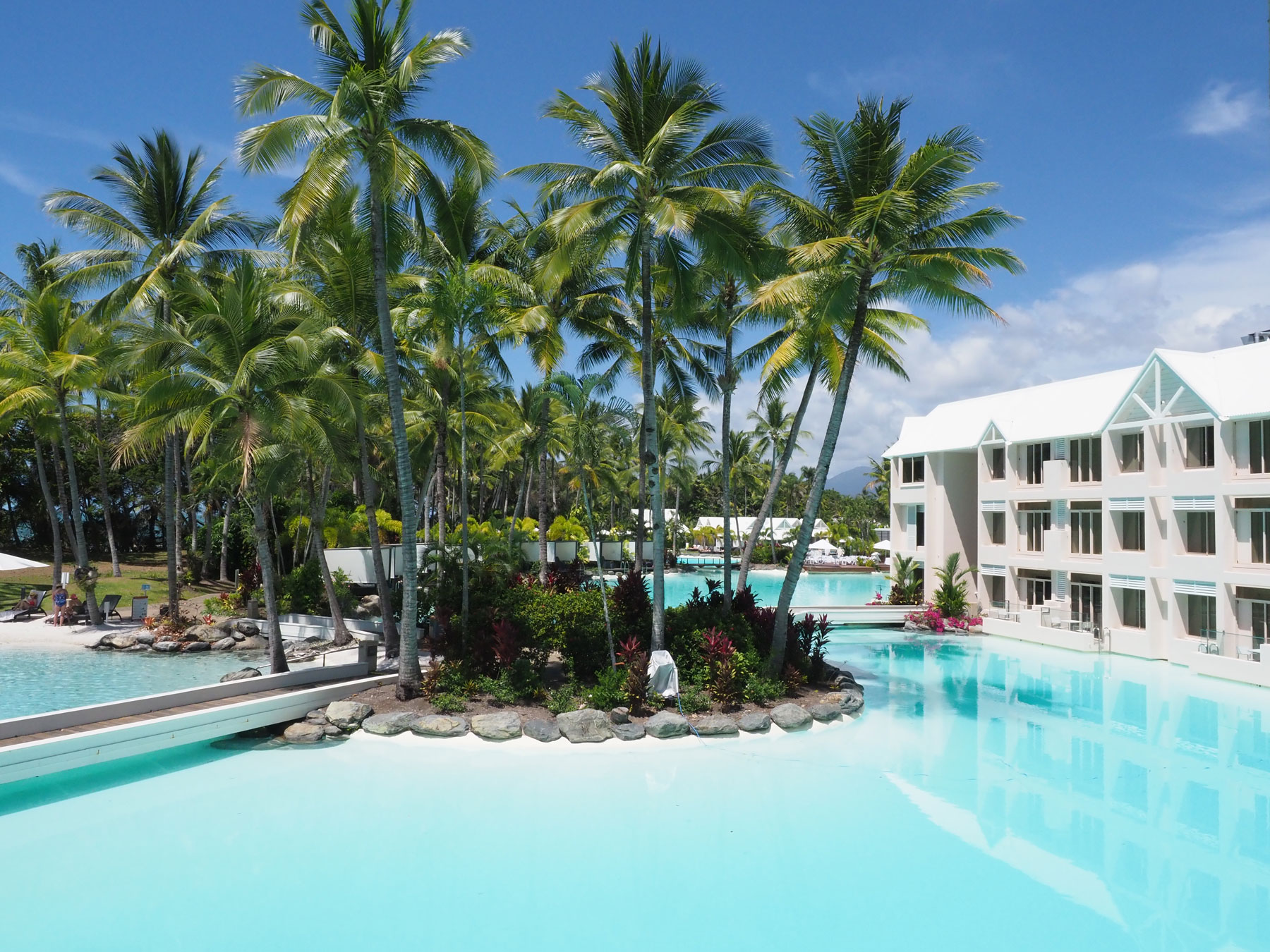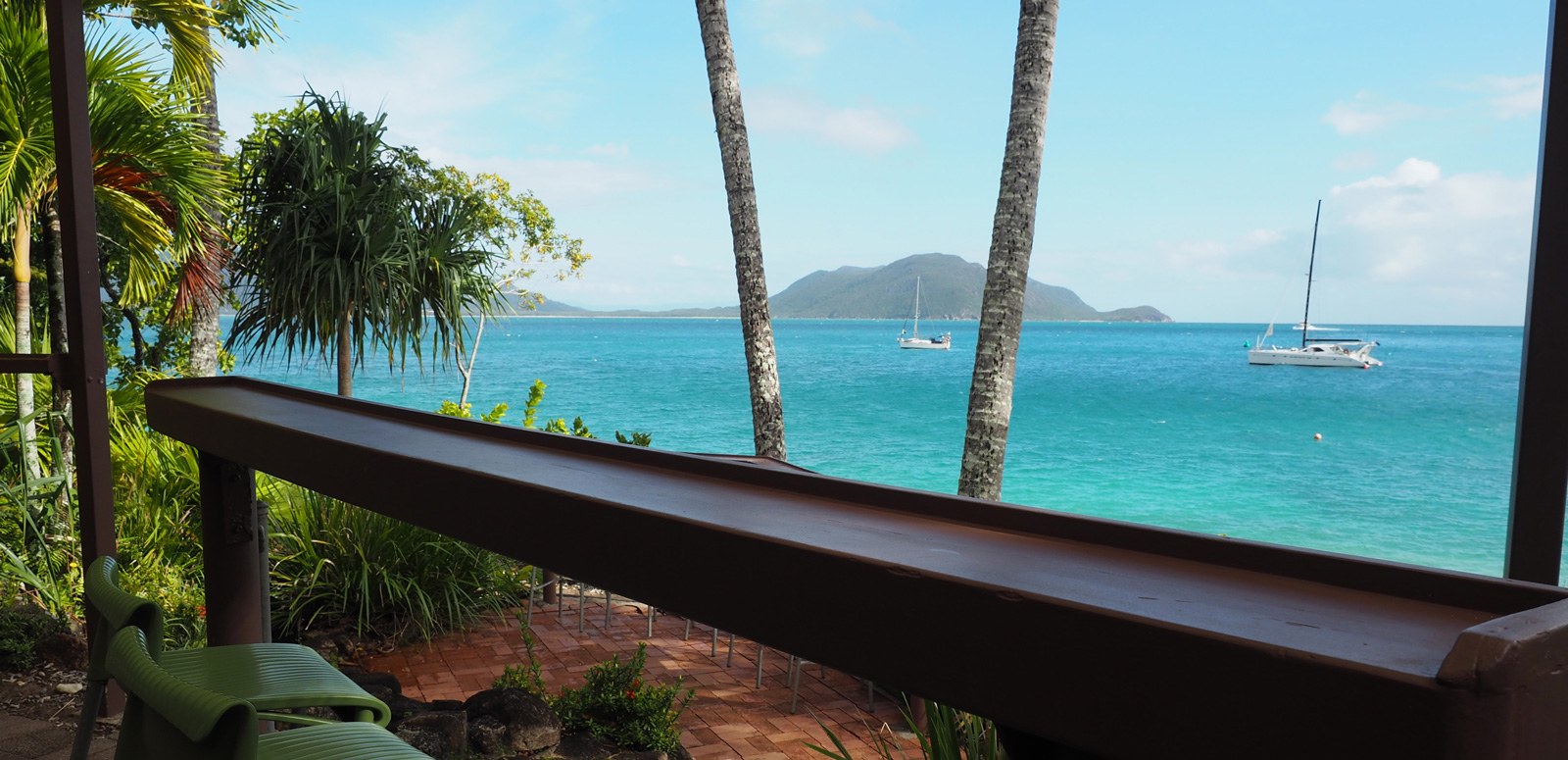Far North Tropical Queensland
Tropical North Queensland Blog Posts
Described as where the rainforest meets the sea, Tropical North Queensland is the go-to destination for everything from outdoor adventures to the reef and some of the best tropical resorts with sprawling lagoon pools.
It’s an awesome destination for almost everyone as it has such a variety on offer – lots of relaxing resorts, plenty of camping, adventures like diving, snorkelling and mountian bike riding, food regions to explore and bushwalks for all abilities.
So regardless of if you are flying solo, travelling with a friend or partner with the same or different interests or are on a family trip you can find a great mix of activities to suit your interests.
Popular Tours
Tours open on Viator Website (owned by Tripadvisor)
Regions & Places to visit in Tropical North Queensland
Cairns & Tropical North Queensland Travel Guide
Called both Tropical or Far North Queensland, this area of Australia is for both adventure travellers and resort lovers, with both equally catered for – making it also the perfect destination for someone who likes a bit of both!
The name Tropical North Queensland is basically a tourism rebrand of what we all used to call Far North Queensland.
It is full of really special places and experiences and is commonly described as where the rainforest meets the reef.
How to get to Tropical North Queensland
Unless you are on a road trip, the primary way to get to Cairns and Tropical North Queensland is by flying into the Cairns Airport (CNS). You can also travel to Cairns by train on the ‘Spirit of Queensland’ train which travels between Brisbane and Cairns with stops along the way.
Weather & Climate
When is the best time to visit Tropical North Queensland?
The best time to visit Tropical North Queensland may depend on why you are visiting and what activities you are interested in doing. As a general guide, the best chance of low rainfall based on the Bureau of Meteorology data history for Cairns is June to October, which is also the cooler months of the year. This is popular time with visitors looking to escape cold winter weather in the southern states.
If you don’t cope well with hot weather, June to August has the coolest average temperatures. While the warmer months bring different benefits like impressive pounding waterfalls and the chance to explore the rainforest and spot wildlife with far fewer people around.
Tropical North Queensland is a popular destination year round for a resort holiday, with plenty of resorts with great pools to lounge around and cool down in the warmer months.
Divers may like to time their visit with seasonal activities like coral spawning or turtle breeding and I found this timetable of diving information by month shared by Cairns Dive Adventure/Cairns Tour Advice and Booking Centre.
Like all destinations there is always a chance of unseasonable weather, and being a tropical destination sometimes that could mean torrential rain, so its always good to pack prepared for the unexpected. Luckily in Far North Queensland its usually warm to a southerner even when its raining!
Weather & Climate FAQ’s
Is Far North Queensland Tropical
Yes according to the Bureau of Meteorology (BOM) the majority of Far North Queensland is classified as tropical (Köppen Classification System) and home to the UNESCO ‘Wet Tropics of Queensland Area’. The further most section is ‘Equatorial’, the southern coast ‘sub tropical’ and the southern inland section (plus a few outliers) are ‘grassland’.
Using the BOM’s alternative systems of classification, nearly the entirety of the area is classified as the same ‘hot humid summer temperature zone’ or ‘summer dominant rainfall zone’. As you head further south and/or inland in Australia the annual rainfall starts to gradually decline and the ecosystems change.
Far North Queensland generally encompasses the area from Cassowary Coast local government area north to the Torres Straight Islands and inland to the Gulf of Carpentaria (excluding the southern sections adjacent to the Gulf). Far North Queensland now tends to be referred to as Tropical North Queensland from a tourism perspective.
